When it comes to trail cameras, the quality of your batteries can make or break your entire setup. Imagine hiking deep into the woods, setting your camera in the perfect spot, and returning weeks later—only to find that dead batteries cut your recording short. It’s frustrating, costly, and worst of all, it means you’ve missed the very moments you set out to capture.
The right batteries ensure your trail camera runs smoothly in harsh weather, freezing nights, and long outdoor stretches. They provide consistent power so every photo and video is sharp, every trigger is reliable, and every memory is saved.
In this guide, we’ll explore the best batteries built for outdoor performance, showing you which ones last the longest, hold up in extreme conditions, and protect your investment. By the end, you’ll know exactly which option gives you the most dependable power for your trail adventures.
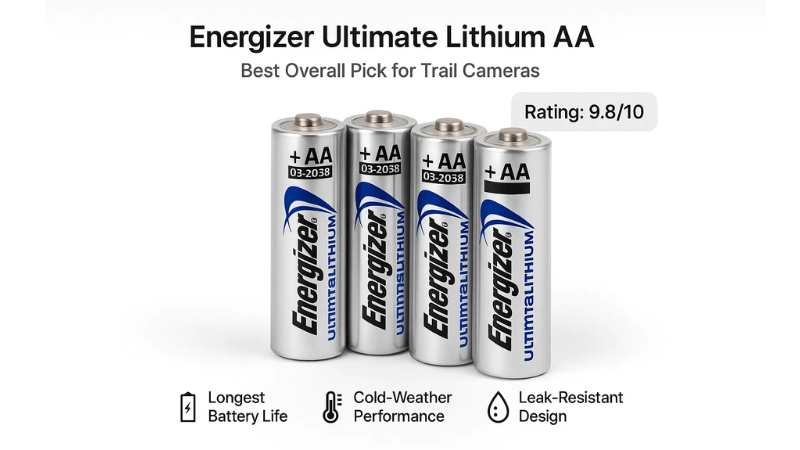
Ask any seasoned hunter or wildlife photographer, and they’ll tell you: not all AA batteries are created equal. Many cheap options die quickly in the cold or leak after extended use.
The Energizer Ultimate Lithium AA batteries are built for the outdoors, offering unmatched longevity, reliable cold-weather performance, and leak-resistant design. They’re the gold standard for powering trail cameras year-round.
The Energizer Ultimate Lithium AA batteries are the undisputed champions for trail cameras. With superior runtime, unbeatable cold-weather reliability, and leak-proof safety, they’re worth every penny.
In a hurry or already know what you’re looking for? Use the “Show” button on “Quick Navigation & Previews” below to jump straight to the section you need.
Quick Navigation & Previews
Best batteries for trail cameras choices in 2026
Still unsure which battery is right for your trail camera? Don’t worry—you don’t need to test every option yourself. Below, we’ve put together a side-by-side comparison of the top-performing batteries for trail cameras in 2025.
You’ll quickly see which ones last the longest, perform best in extreme weather, and give you the most value for money. Use this table as your quick reference before diving into the detailed reviews.
| Image | Name | Details | |
|---|---|---|---|
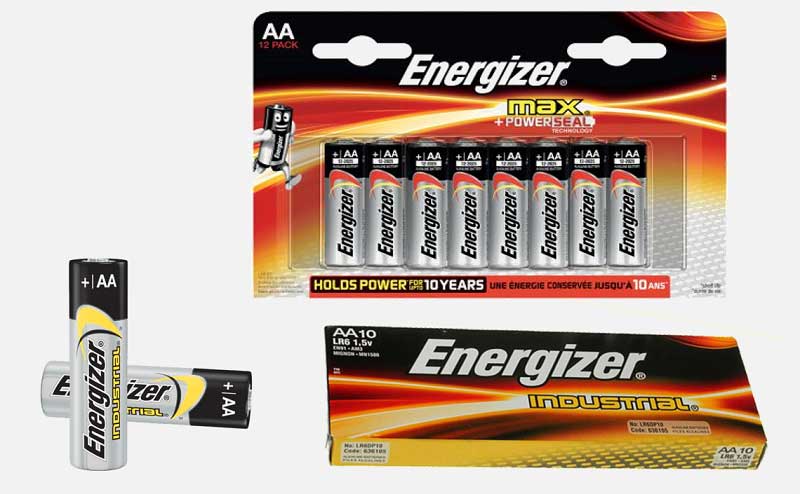 | Energizer AA Batteries | * 1.3lbs (weight) * 24 (Quantity) * Alkaline (type) * 10 years(Shelf life) * Energizer (Manufacturer) | Check Price |
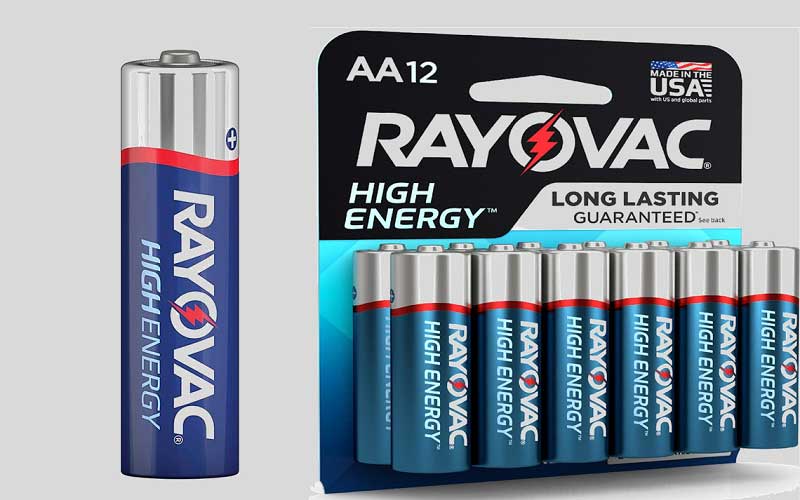 | Rayovac AA Batteries | * 3.8lbs * 72 * Alkaline * 10 years * Rayovac | Check Price |
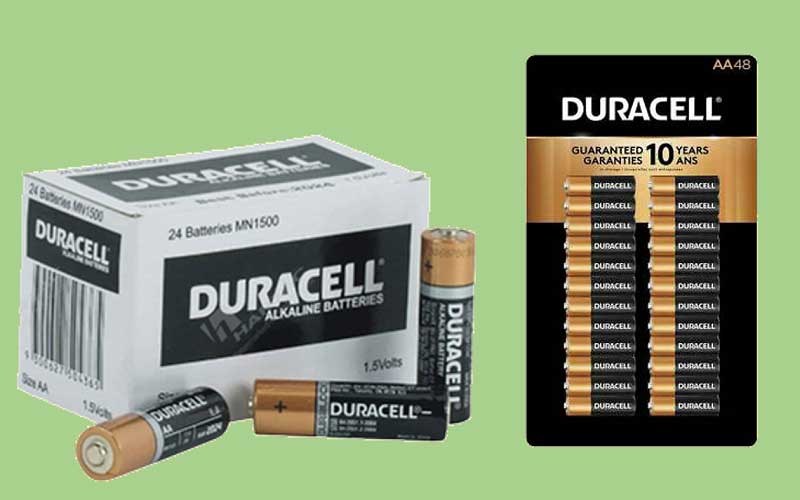 | Duracell Coppertop Alkaline-Manganese Dioxide AA Battery | * 2.6lbs * 48 * Alkaline * 10 years * Duracell | Check Price |
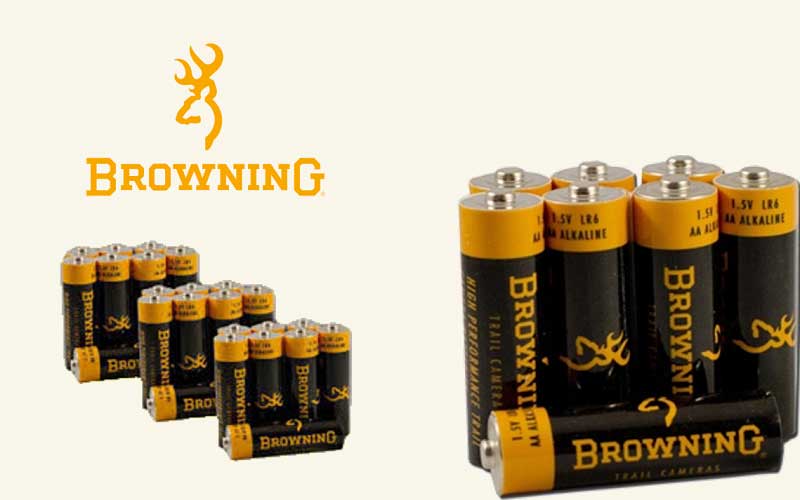 | Browning Trail Camera AA Alkaline Batteries | * 0.45lbs * 8 * Alkaline * 10 years * Browning | Check Price |
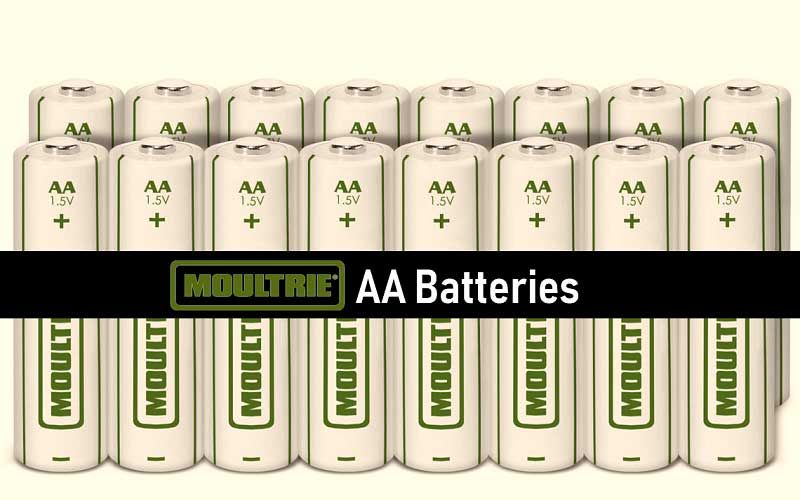 | Moultrie AA Batteries | * 0.91lbs * 16 * Alkaline * 10 years * Moultrie | Check Price |
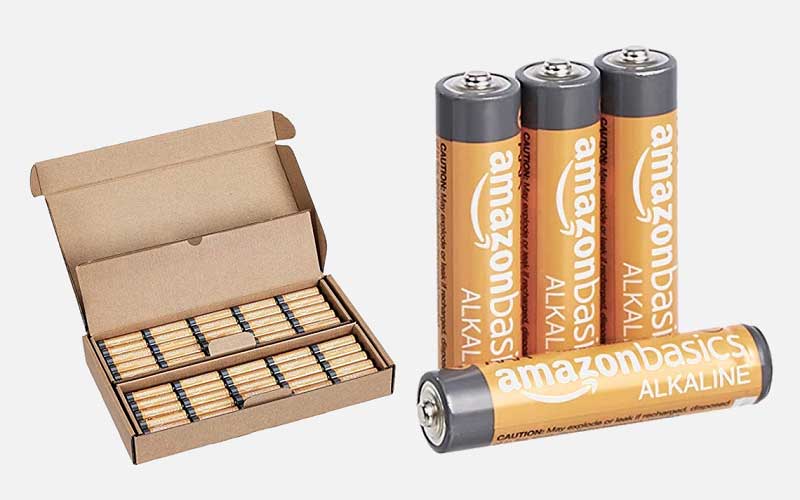 | AmazonBasics AA 1.5 Volt Performance Alkaline Batteries | * 0.56lbs * 8 * Alkaline * 10 years * AmazonBasics | Check Price |
Best batteries for trail cameras choices
Choosing the right batteries for your trail camera isn’t just about price—it’s about performance, reliability, and protecting your investment. Here are the key factors you should consider before buying:
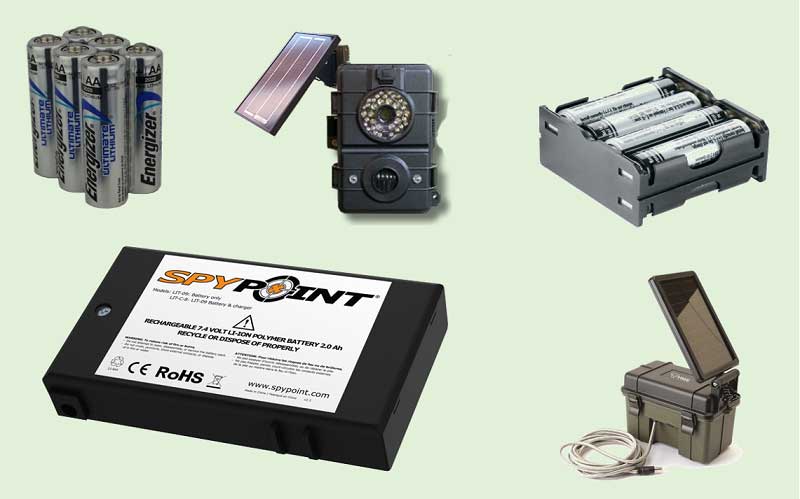 Battery Type Matters Most
Battery Type Matters MostAlkaline Batteries → Cheap and easy to find, but they drain quickly and struggle in cold weather. Best only for short-term use.
NiMH Rechargeable Batteries → Eco-friendly and cost-saving in the long run. Great for frequent users, but may need recharging every week or two depending on your setup.
Performance in Extreme Weather
Trail cameras often sit in freezing winters or blazing summers. Cheap batteries lose power fast in these conditions, so look for models rated for -20°F to 120°F (or better) to avoid failures.
Battery Life & Shelf Life
Battery Life (Runtime): How long it powers your camera per charge/set. Lithium batteries usually last the longest.
Shelf Life: How long unused batteries stay fresh in storage. Some premium lithium batteries can hold power for 10–20 years, making bulk purchases worthwhile.
Leak Protection
Leaking batteries can ruin your trail camera’s internal components. Choose batteries with a leak-proof guarantee—especially if you plan to leave them unattended for weeks at a time.
Cost vs. Value
Don’t just look at the upfront price. A pack of lithium batteries might cost more today, but they last up to 8x longer than alkaline, meaning fewer replacements and better long-term value.
In short: For long-term reliability, lithium batteries are the clear winner. If you use your camera constantly, rechargeable can save you money. Only go with alkaline if you’re on a very tight budget or need them in a pinch.
Our 6 Picks of best batteries for trail cameras
Getting on to the crux of the matter, I have now briefly reviewed all the models mentioned above in the comparison table. To make matters even simpler, I’ve also mentioned a few pros and cons that will make it easier for you to settle on one model.
Without further ado, here are the top six picks of the best batteries for trail cameras!
1. Energizer AA Batteries
Rating: 9.7/10Are you tired of hiking out to your trail camera only to find dead batteries and missed footage? Or maybe you’ve been frustrated by cheap alkaline batteries that leak or fail in freezing weather. That’s where the Energizer Ultimate Lithium AA shines.

These batteries are built for demanding outdoor devices like trail cameras. They last significantly longer than standard alkalines, hold steady power in extreme cold or heat, and are leak-proof—protecting your expensive gear. For hunters and wildlife watchers who want to set up a camera and not worry about it for weeks, this is the most dependable choice.
The performance difference is dramatic. While alkalines may fade after a week or two in cold conditions, lithium batteries keep trail cameras running smoothly for months. Even better, their 20-year shelf life means you can buy in bulk and always have reliable power on hand. Yes, they cost more upfront, but the longevity and peace of mind more than make up for the price.
| Type: | Lithium AA |
| Shelf Life : | Up to 20 years |
| Operating Temp: | -40°F to 140°F |
| Runtime: | Up to 8× longer than standard alkaline |
| Key Trait: | Leak-proof, long-lasting outdoor power |
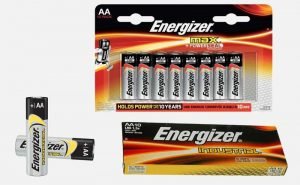
- The batteries last a very long time
- Protect battery-operated devices with its PowerSeal
- Has a relatively long battery life as compared to other models
- Comes in a good quantity to serve as a backup
- The packaging isn’t that secure
- The cover doesn’t state where to open the battery case
2. Rayovac AA Batteries
Rating: 9.2/10If you’re using trail cameras in harsh winter conditions, battery performance in the cold is crucial. The Rayovac Fusion AA batteries are designed to provide reliable power even in freezing temperatures, making them a top choice for outdoor enthusiasts and wildlife watchers.
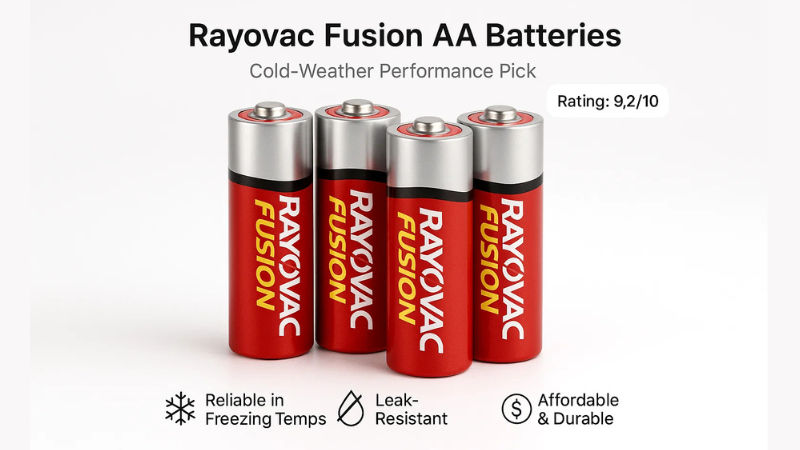
These alkaline batteries maintain voltage longer than standard alkalines in low temperatures, helping your trail cameras capture every important moment without interruption. They are also leak-resistant, which adds an extra layer of protection for your expensive camera equipment. While not as long-lasting as premium lithium batteries, they offer consistent performance in moderate to cold climates at an affordable price.
Rayovac Fusion batteries are ideal for users who regularly deploy cameras during the winter months, or in areas where cold-weather reliability is a must. They’re a solid balance of affordability and performance.
- Comes in a very large quantity suitable for a reasonable price
- Can be used on all type of devices
- The packaging allows for easy storage
- More cost-effective than other models
- The presentation of the box is pretty dull
- Some batteries in the pack are susceptible to leaking if left unchecked
Read Also: Best Batteries For Arlo Camera Review and Complete Guide
3. Duracell Coppertop Alkaline-Manganese Dioxide AA Battery
Rating: 8.4//10For trail cameras that consume power quickly, such as models with frequent motion triggers or infrared night vision, you need batteries that deliver consistent, high-drain performance. The Duracell Quantum AA batteries are engineered for exactly that.
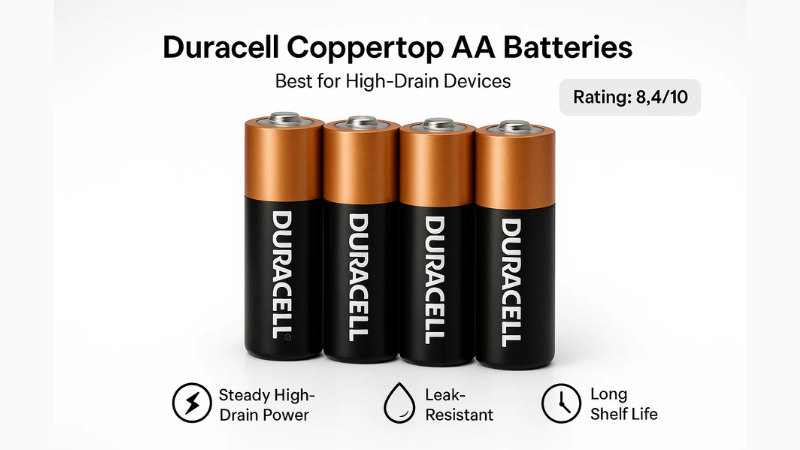
These batteries maintain steady voltage even under heavy usage, ensuring your camera continues capturing images and video without interruption. They are also leak-resistant, protecting your camera from potential damage, and have a long shelf life, so you can store spares for extended periods. While lithium batteries outperform them in extreme cold, Duracell Quantum batteries excel in high-drain scenarios at a reasonable price.
These batteries are perfect for trail camera users who need reliable performance for cameras with higher energy demands and want a dependable, ready-to-use solution.
| Type: | Alkaline AA |
| Shelf Life : | Up to 10 years |
| Runtime: | Excellent for high-drain devices |
| Operating Temp : | 32°F to 122°F |
| Key Trait: | High-drain performance, leak-resistant |
- Lasts a long time even in a dormant state
- Designed to evenly distribute energy to the device in operation
- Equipped with more active material than any other alkaline battery
- Will help you reduce the operating cost down the road
- Can cause a lot of damage if they leak
- The overall package isn’t cost-effective
Read Also: 9 Best Camera For Night Sky Photography
4. Browning Trail Camera AA Alkaline Batteries
Rating: 8.2/10If you’re looking for a low-cost solution that still provides decent performance for trail cameras, the Browning Trail Camera AA Alkaline batteries are a solid choice. Many users want reliable power for short-term deployments without spending a lot, and these batteries fit the bill.
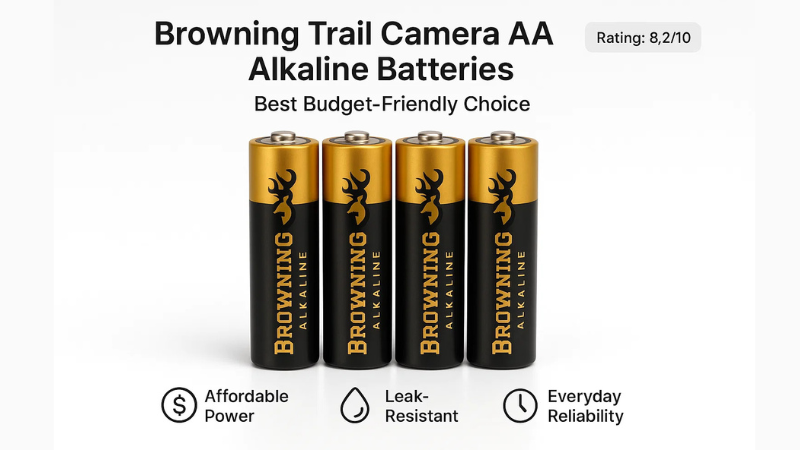
Browning Trail Camera AA batteries offer dependable performance for everyday trail camera use, and they are leak-resistant to protect your equipment. While they don’t last as long as lithium batteries or perform as well in extreme temperatures, they are perfect for casual users or as backup power. Their affordability and wide availability make them an easy choice for users who just need functional batteries that won’t break the bank.
These batteries are ideal for beginner trail camera users, short-term setups, or those who need a convenient and budget-friendly power option.
| Type: | Alkaline AA |
| Shelf Life : | Up to 7 years |
| Runtime: | Suitable for casual use |
| Operating Temp : | 32°F to 122°F |
| Key Trait: | Affordable, widely available |
- Efficient power distribution that ensures the camera performs at its peak
- Best suited for trail cameras
- Has unparalleled operation time for cameras which is more than any other model
- Small package and quantity can be easily stored or kept away
- Leaks if used improperly or mixed up with other batteries
- Doesn’t last that long on other battery-operated devices
Check Also: Best High Speed Camera Review
5. Moultrie AA Batteries
Coming in a pack of 16, the Moultrie AA Batteries is a reliable model that is specifically designed for game cameras. Here’s what I like about this model!
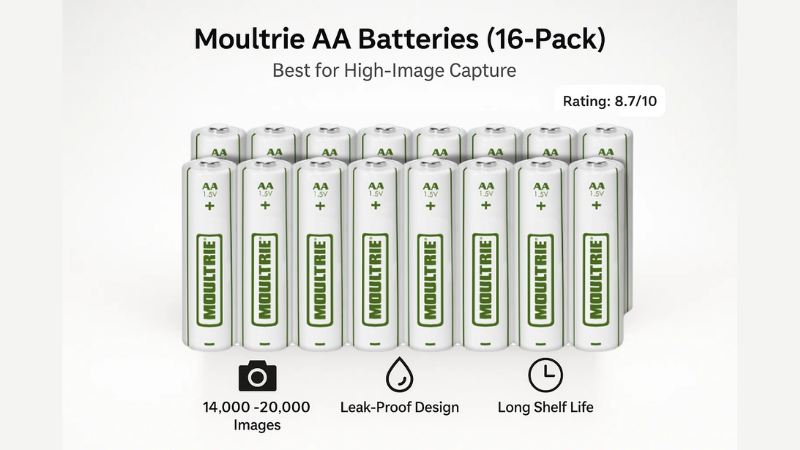
The Moultrie AA Batteries has a pretty good lifespan, and I find it convenient that it can easily crank out 14,000 to 20,000 images before it needs to be refilled. In my experience, that is more than enough for the trip, which makes this package quite durable!
On top of being durable, the discharge rate is also pretty low, which means this model can easily give a few years of top-level performance. Just make sure you store them in a cool place with minimal moisture. There weren’t really any particular issues with leaking or anything of the sort, either. I found this model conveniently leak-proof, which made it so much easier to operate.
| Type: | Alkaline AA |
| Shelf Life : | Up to 7 years |
| Runtime: | Suitable for casual use |
| Operating Temp : | 32°F to 122°F |
| Key Trait: | Affordable, widely available |
- Does not leak at all even if left unattended
- Designed specifically for trail cameras
- Has a very low discharge rate which makes it last a longer time
- Quite durable – can give 20,000 pictures in one go
- Does not have good presentation
- Not suitable for use with other battery-operated devices
Check Also: Best Low Light Point and Shoot Camera 2023
6. Amazon Basics AA 1.5 Volt Performance Alkaline Batteries
Rating: 8.9/10If you want reliable lithium performance without breaking the bank, the AmazonBasics AA Lithium batteries are an excellent choice. Many trail camera users hesitate to spend on premium lithium batteries, but these provide long-lasting power, cold-weather reliability, and leak-proof safety at an affordable price.
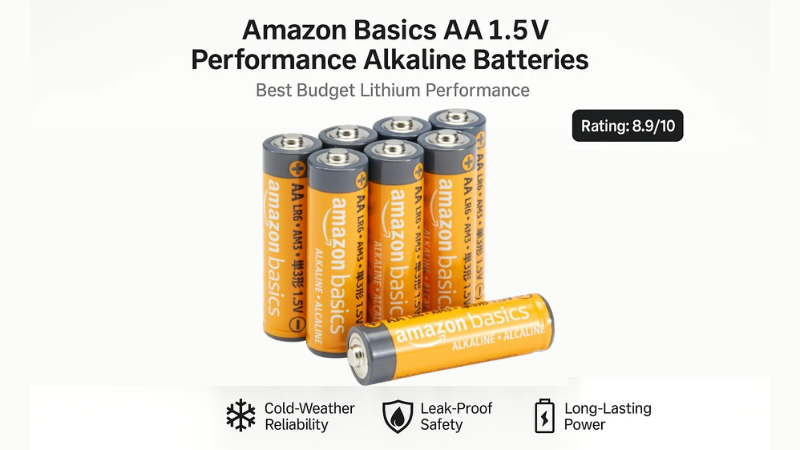
These batteries perform exceptionally well in outdoor conditions, keeping your trail camera running smoothly for weeks. While they don’t have the ultra-long shelf life of top-tier lithium brands, they still offer superior runtime and stability compared to standard alkalines. For users who want dependable performance on a budget, they deliver consistent results and protect your camera from leaks.
The convenience of Amazon Basics AA Lithium makes them a great option for both occasional and frequent trail camera users. They’re easy to purchase online, lightweight to carry, and ready to use immediately—perfect for anyone looking for high-quality performance without premium pricing.
| Type: | Lithium AA |
| Shelf Life : | Up to 10 years |
| Runtime: | Longer than standard alkaline |
| Operating Temp : | -40°F to 140°F |
| Key Trait: | Affordable, reliable lithium for outdoor use |
- The anti-corrosive frame makes the operation so much safer
- Provides a 10-year leak-free shelf life if stored properly
- New zinc composition design makes it last longer than before
- Delivers the amount of power needed for a specific device
- Will not last that long if mixed with other batteries
- The model is not rechargeable – needs to be discarded after use
Things to consider when buying best batteries for trail cameras
If you’re planning to get the best trail camera batteries for yourself, then there are a handful of things you’ll need to pay attention to when making the final call for yourself.
In this sub-segment, I’ll highlight the top things you should keep in mind when making a pick. Here goes!
Type
The first thing that you should seriously consider when choosing a battery for your trail camera is the type you’re opting for.
There are essentially three type of batteries, all with their own pros and cons. The main types are Nickel batteries, Lithium batteries, and alkaline batteries, the latter which are reputed to be of the best type.
Nickel metal hydride batteries are a good rechargeable option. However, they aren’t cost-effective and don’t last as long as the other types.
Lithium batteries on the other hand are quite volatile. They require constant inspection for discharge or leaking, something that can be quite bothersome if you’re on the hunt.
For that reason, alkaline batteries are your best bet.
Furthermore, what also makes alkaline batteries quite useful is that they’re easier to dispose and can be virtually used with anything.
Nonetheless, if you feel that alkaline doesn’t make the cut for you, then you should consider zinc or lithium batteries to do the job. However, the main downside is that if there are any faults while you’re hunting, repairmen might take a little more time.
Quantity
The second thing that you need to keep in mind is the quantity in which the battery will arrive in.
All batteries come in packs, and it is the quantity of the individual components that can often make the most difference down the road.
Analyze thoroughly the type of use you’ll have for the battery once you’re out and then keeping that in mind, always get the model that has a quantity which can easily accommodate your needs.
This is just to be on the safe side since the last thing you need is being out in the dark with a flashlight that’s not working because you’ve run out of battery.
Leakage
Leakage is also a very important factor that you’ll need to consider when choosing a model for yourself. This is because leaking can have bad impacts on your camera, and can be quite toxic.
However, the main thing to keep in mind here is that this won’t be apparent at first. For best measure, it’s good to check reviews and then make a decision.
Shelf life
In theory, if a battery is working well and fine, you won’t need to replace it for a long time.
In that case, you’ll need to store all the rest of the batteries that you got in the package. In order to make the best bang for your buck, the model should hence have a long shelf-life.
Always shoot for roughly about 10 years, since that is the minimum standard that the current industry runs by. For best effect, place the batteries in a cool place.
Rechargeable
The last thing that you should consider is if the batteries are rechargeable or not. This will allow you to make the most out of your resources and be completely independent.
However, even though this is a cool feature to have, I would still suggest that you recycle your batteries once they’ve done their job.
Frequently Asked Questions (FAQs)
To help you acquaint yourself even better with batteries, I’ve compiled the most frequently asked questions by our users that can definitely help you out!
What is the difference between alkaline batteries and regular ones?
The major difference between alkaline batteries and regular batteries is that the former are more energy efficient and would generally last a longer time with the same application.
What are alkaline batteries used for?
Alkaline batteries are arguably one of the most versatile batteries out there and can be used for a multitude of purposes, such as toys, digital cameras, remote controls, lights, radios, and lamps.
When should you replace alkaline batteries?
Since alkaline batteries are disposable, you should replace them only when the current ones are completely drained. This will be apparent from the lack of basic performance or an overall decrease.
Can you really recharge alkaline batteries?
Yes, alkaline batteries can be recharged. However, the main reason this isn’t that popular is because this process isn’t really cost-effective. Plus, there are a few dangers involved, so it’s best to skip all of this altogether.
Does putting batteries in the freezer recharge them?
No. however, putting batteries in the freezer will definitely make them last longer. This is because the reduced temperature slows down the discharge rate.
Are alkaline batteries toxic?
Since alkaline batteries contain zinc and manganese dioxide, it is often considered as being toxic since higher concentration of these compounds is dangerous. However, on average, alkaline batteries are less harmful than other batteries.
Should you recycle alkaline batteries?
Generally speaking, you should throw away normal batteries that are used around the house. However, the battery is rechargeable, then it’s a good idea to recycle it.
Why do alkaline batteries last longer?
This is because alkaline batteries have a higher energy density which allows them to produce the same magnitude of energy for extended periods of time, more so than other typical batteries.
What are the disadvantages of alkaline batteries?
The two main disadvantage of an alkaline battery is that they have a higher internal resistance which has an effect on the output. The second main disadvantage is defective pieces are more likely to explode.
How do you stop alkaline battery corrosion?
The best way to go about that is by always ensuring that you never mix old batteries with new. On top of that, when replacing one batch of battery, make sure to replace them all and then insert new ones.
Conclusion
A good batch of batteries is an investment in the long run, which is why you should always pick with care. If you already own any of the models mentioned above and have feedback, or have any other general recommendation or suggestion for us, do share them in the comment section below.
What to Read Next:
- 10 Best LED Whips in 2026 – Review and Complete Guide
- 10 Best Camera For Night Sky Photography Review and Complete Guide
- Best Cellular Trail Cameras In 2026: Reviews and Buying Guide
- 6 Best Batteries for Trail Cameras- Review and Complete Guide
- 10 Best Low Light Mirrorless Camera 2026- Review and Buying Guide
- 10 Best High Speed Camera Review and Complete Guide
- 10 Best Batteries For Arlo Camera 2026 – Review and Complete Guide
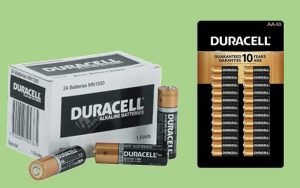
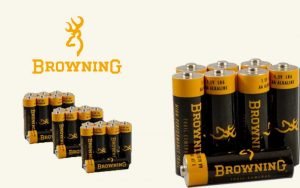
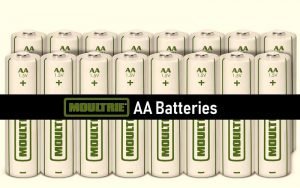

Leave a Reply